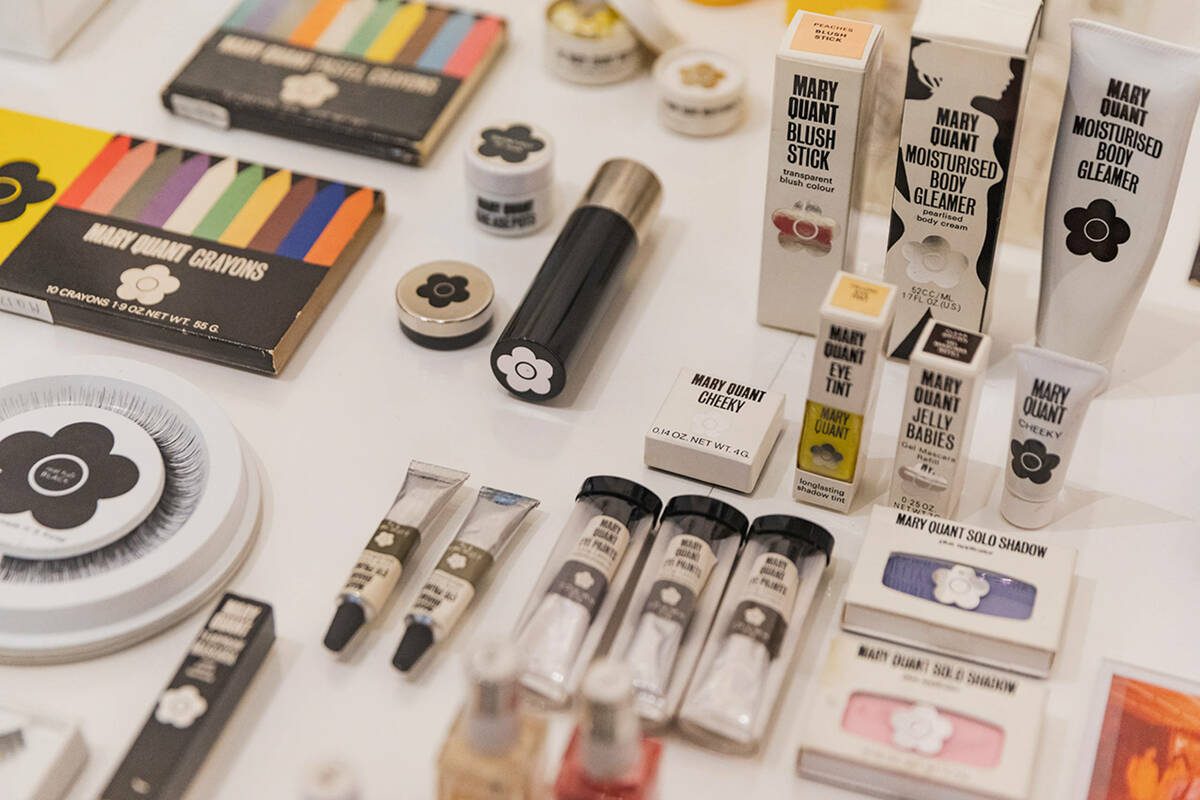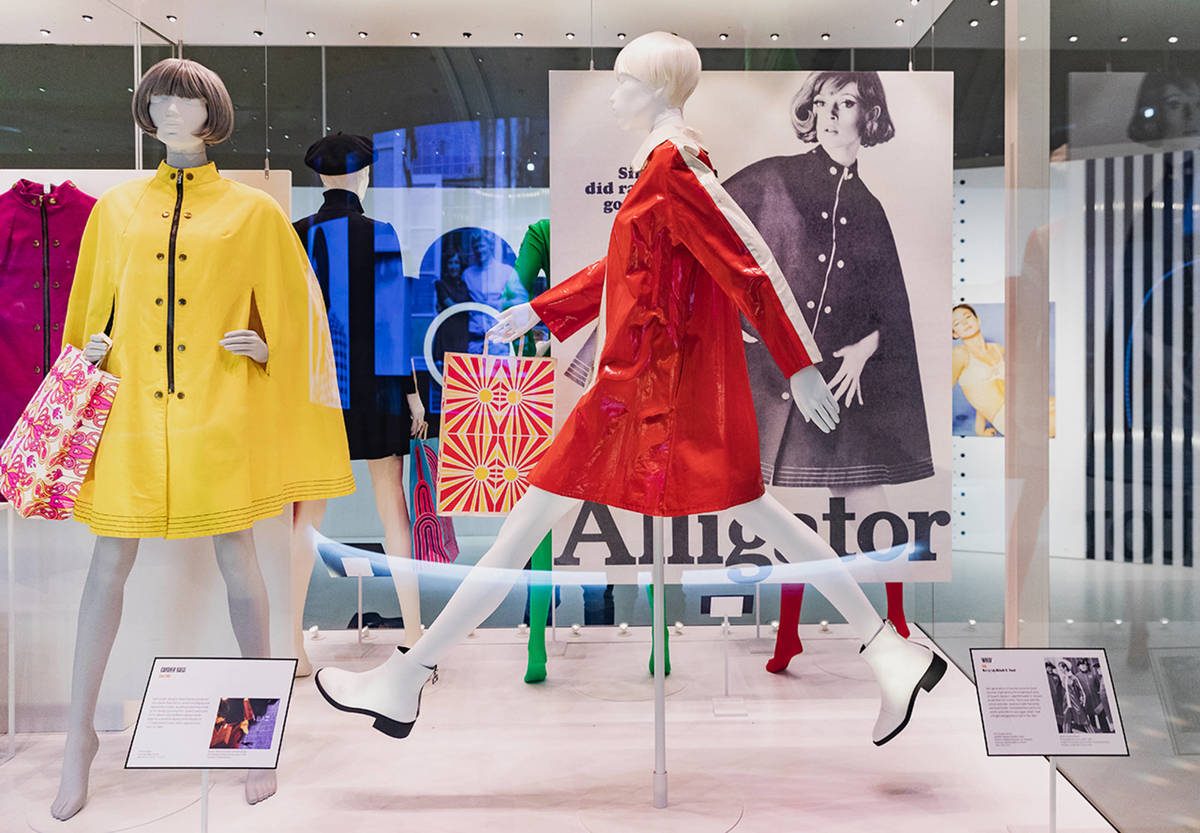
Mary Quant
On view Now until February 16th, 2020
The V&A Museum, London
The V&A Museum in London has been given unprecedented access to Dame Mary Quant’s Archive to curate the first international retrospective on the revolutionary fashion designer in nearly 50 years. To help the V&A bring the exhibition further to life, the museum launched a public callout last year to track down rare Mary Quant garments and gather personal stories.
The exhibition focuses on the years between 1955 and 1975, when Quant revolutionized the high street with her subversive and playful designs for a younger generation, from hot pants, miniskirts and trousers for women to accessories, tights and make-up. The exhibition presents over 200 objects, the majority of which have never been on public display. They reveal the real stories behind the myths to explore how Quant democratized fashion and empowered women through her determination, ingenuity and unique personal style, which she exported around the world.

The exhibition is drawn from the V&A’s extensive fashion holdings, which include the largest collection of Mary Quant garments in the world, as well as the designer’s personal archive and important international loans.
Dame Mary Quant said: “The V&A is such a precious and iconic organization for which I have the utmost admiration and respect, and it is a huge honor to be recognized by them with this dedicated exhibition and book. It was a wonderfully exciting time and despite the frenetic, hard work we had enormous fun. We didn’t necessarily realize that what we were creating was pioneering, we were simply too busy relishing all the opportunities and embracing the results before rushing on to the next challenge! Friends have been extremely generous in loaning, and in many cases, donating garments and accessories to the V&A which they have lovingly cherished for many years, so it will be fascinating to see what else will emerge! I am enormously grateful to have been involved with so many talented people whose contribution to that ground-breaking, revolutionary and memorable era will also be recognized.”

The V&A exhibition will chart Mary Quant’s rise to success, yet also share real stories from those who loved the Mary Quant brand and wore her distinctive designs in the 1950s, 60s and 70s. To help the V&A bring the exhibition further to life, the museum is launching a public callout to track down rare Mary Quant garments and gather these personal stories. Garments that the V&A searched for included:
• Rare and early one-off designs sold between 1955 and 1960 in Quant’s renowned Bazaar boutiques. Located in Chelsea, Knightsbridge and Bond Street, the boutiques were famed for their eccentric window displays and irreverent, ‘club-like’ atmosphere.
• Early experimental garments in PVC, especially from Quant’s ‘Wet’ collection, unveiled in 1963, when the material was still a work-in-progress.
• Seminal styles from 1964 and 1965 with Peter Pan collars.
• Mary Quant knitwear, swimwear and accessories.
• Garments made using Mary Quant Butterick patterns. The patterns launched in 1964, for the first time making it possible for thousands of home dressmakers on a budget to wear Quant’s designs.
Dame Mary Quant is one of London’s most iconic fashion designers, and her forward-thinking, entrepreneurial spirit was recognized with an OBE in 1966. Quant’s minimal and androgynous graphic look rejected the formal, ‘debutante’ styles of previous generations and created radically different visions of femininity. Beginning her career in demi-couture, Quant quickly moved into ready-to-wear, creating clothes that played with gender stereotypes, allowing women to move freely. Popularised by Jean Shrimpton, Pattie Boyd, Cilla Black, and Twiggy, Quant’s distinctive personal style found a ready market among young women in London. In 1962, Quant took on her first international collaboration with American department-store chain JC Penney, and in 1963 the company, Mary Quant Limited, expanded into the UK mass market with the diffusion line, Ginger Group. In 1966 Quant extended her business further to include cosmetics, and went on to add interiors, hosiery, and jewelry, among other products, which she exported around the world.


